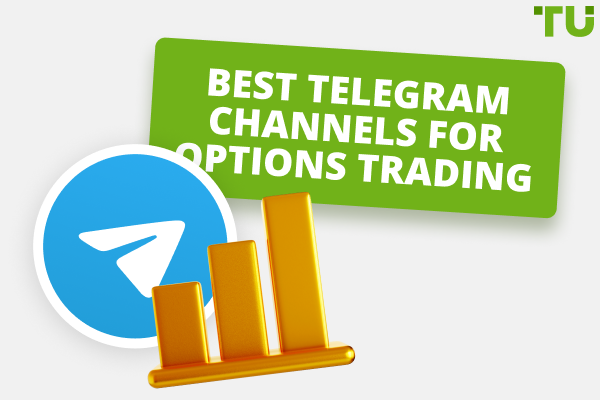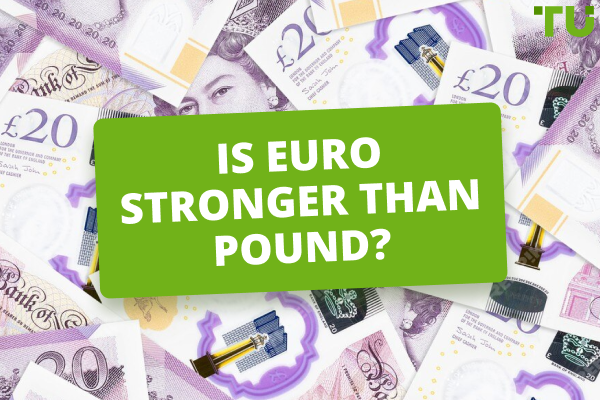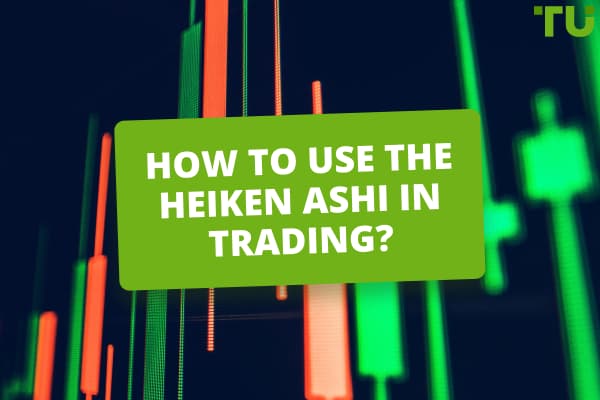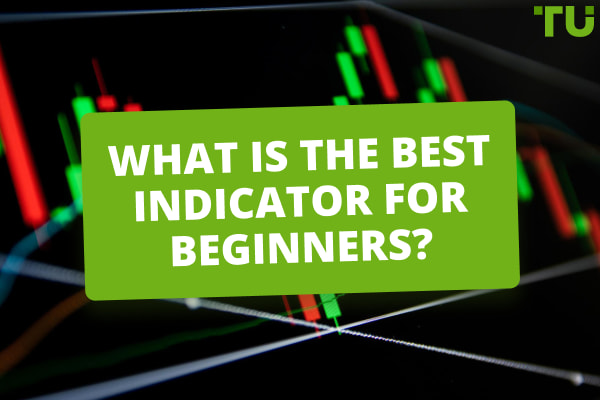Useful Functionality Of Forex Trading Platforms
What to look for in Forex trading platforms:
-
Choose a Forex trading platform that offers both API and web terminal options for accessing currency pair quotes directly or through a web browser.
-
Look for platforms with an order window, stop-losses, take-profits, markers, indicators, and automated signals for effective trading decisions.
-
Select a platform that provides educational tools like articles, video tutorials, and a demo account, allowing traders to learn and practice.
-
Consider platforms with social trading for information exchange and automated trading capabilities.
Trading platform is software that allows a trader to manage Forex transactions. Main functionality: technical and graphical analysis tools, multi-currency trading, testing strategies, managing market and pending orders, access to the news feed, social trading, etc.
What is a Forex trading platform?
A Forex trading platform is software that is used to conduct trades on the Forex market. It provides traders with access to the market, as well as the tools and features necessary to conduct trades.
Trading platforms can be classified according to several criteria, including:
-
Platform type. Trading platforms can be divided into two main types: desktop and web-based platforms. Desktop platforms are installed on the trader's computer, while web-based platforms are accessible through a web browser.
-
Provider. Trading platforms can be provided by a broker or an independent provider. Brokerage platforms are typically provided for free or at a discounted price as a bonus for opening an account with the broker. Independent provider platforms are typically more functional and offer more features, but they can also be more expensive.
-
Functionality. Trading platforms vary in the set of features they offer. Some platforms offer only a basic set of features necessary for placing trades. Other platforms offer a wider range of features, including market analysis tools, automated trading, and social trading.
-
Cost. The cost of trading platforms can vary depending on the platform type, provider, and set of features. Brokerage platforms are typically free or offered at a discounted price. Independent provider platforms are typically more expensive.
Major Types of Trading Platforms
-
Desktop platforms. Desktop platforms are the most common type of trading platform. They offer a wide range of features and capabilities, as well as high performance. Desktop platforms are typically installed on a PC or laptop.
-
Web-based platforms. Web-based platforms are a simpler and more user-friendly option for beginner traders. They are accessible through a web browser, so they can be used on any device with an internet connection. Web-based platforms typically offer a basic set of features sufficient for placing trades.
-
Mobile platforms. Mobile platforms allow traders to place trades using a smartphone or tablet. They typically offer a basic set of features, but some platforms may offer a wider range of features, including market analysis tools.
Functionality of Forex trading platforms
The functionality of Forex trading platforms can vary depending on the platform provider. However, in general, all platforms provide the following core functions:
-
1
Market access. The trading platform must provide traders with access to currency pair quotes. This can be done in two ways: through an API or through a web terminal. An API is a set of programming interfaces that allow the platform to connect to the exchange directly. A web terminal is a web application that provides access to the exchange through a web browser. Read also information about best brokers with API trading.
-
2
Trading system. A trading system is a set of tools and features that allow traders to place trades. These include:
-
Order window. The order window is used to place and manage orders.
-
Stop-losses and take-profits. Stop-losses and take-profits are used to limit losses and capture profits from trades.
-
Markers. Markers are used to denote important levels on a chart.
-
Indicators. Indicators are used to analyze the market and make trading decisions.
-
-
3
Signals. Signals are automated trading recommendations that are generated based on market analysis.
-
4
Education. The trading platform should provide traders with tools and resources for learning to trade on Forex. These include:
-
Articles and video tutorials. Articles and video tutorials provide information about the principles of trading on Forex.
-
Demo account. A demo account allows traders to trade on real quotes without the risk of losing money.
-
In addition to core functions, trading platforms may also provide additional features, such as:
-
Social trading. Social trading allows traders to exchange information and strategies with other traders.
-
Automated trading. Automated trading allows traders to program their trading systems.
-
Multi-currency. Multi-currency allows traders to trade multiple currency pairs simultaneously.
Best Forex brokers


How to choose a trading platform
When choosing a trading platform, you should consider the following factors:
-
Functionality. The trading platform should provide all the necessary functions for your trading style.
-
Usability. The trading platform should be easy to use and navigate.
-
Cost. The cost of a trading platform can vary depending on the provider and the set of features.
-
Trading style. If you are a beginner trader, you will need a trading platform with a simple and intuitive interface. If you are an experienced trader, you may need a trading platform with an expanded set of features and tools.
-
Broker. Most brokers offer their clients a choice of trading platforms. Before choosing a trading platform, you should familiarize yourself with the offerings of your broker.
-
Personal preferences. Some trading platforms are better suited for certain trading styles or types of traders. Before choosing a trading platform, you should read reviews from other traders and try it in demo mode.
-
Security. It is important to choose a trading platform that is secure and protects your personal information and funds.
-
Customer support. It is important to choose a trading platform that offers reliable customer support if you need help.
-
Updates. It is important to choose a trading platform that is regularly updated with new features and bug fixes.
Major Forex Trading Platforms
There are many Forex trading platforms available from various providers. Some of the most popular trading platforms include:
-
MetaTrader 4. MetaTrader 4 is the most popular Forex trading platform. It provides a wide range of features and tools, as well as widespread support from brokers.
-
MetaTrader 5. MetaTrader 5 is a newer version of MetaTrader 4. It offers an expanded set of features and tools, as well as support for new trading instruments, such as contracts for difference (CFDs).
-
CQG Trading Station. CQG Trading Station is a powerful trading platform that offers a wide range of features and tools for professional traders.
-
NinjaTrader. NinjaTrader is a versatile trading platform that is suitable for traders of all skill levels.
-
Thinkorswim. Thinkorswim is a trading platform developed by TD Ameritrade. It offers a wide range of features and tools, as well as support for trading on the stock market and other exchanges.
By considering the factors listed above, you can choose a Forex trading platform that is right for you.
Conclusion
The functionality of trading platforms is a pivotal component for successful trading on financial markets. These platforms offer traders a convenient and multifunctional toolkit, enabling them to analyze the market efficiently, make informed decisions, and manage their investments. Key aspects of functionality include access to charts and analytical tools, the ability to execute trades instantly, risk management features, and integration with expert advisors and mobile applications. With comprehensive functionality, trading platforms become reliable partners for traders, providing everything needed for successful engagement in financial markets.
Glossary for novice traders
-
1
Broker
A broker is a legal entity or individual that performs as an intermediary when making trades in the financial markets. Private investors cannot trade without a broker, since only brokers can execute trades on the exchanges.
-
2
Trading
Trading involves the act of buying and selling financial assets like stocks, currencies, or commodities with the intention of profiting from market price fluctuations. Traders employ various strategies, analysis techniques, and risk management practices to make informed decisions and optimize their chances of success in the financial markets.
-
3
Forex Trading
Forex trading, short for foreign exchange trading, is the practice of buying and selling currencies in the global foreign exchange market with the aim of profiting from fluctuations in exchange rates. Traders speculate on whether one currency will rise or fall in value relative to another currency and make trading decisions accordingly.
-
4
Social trading
Social trading is a form of online trading that allows individual traders to observe and replicate the trading strategies of more experienced and successful traders. It combines elements of social networking and financial trading, enabling traders to connect, share, and follow each other's trades on trading platforms.
-
5
Take-Profit
Take-Profit order is a type of trading order that instructs a broker to close a position once the market reaches a specified profit level.
Team that worked on the article
Alex Smith is a professional day trader for a proprietary trading firm within the foreign exchange (forex) and crypto markets. His area of expertise is day trading and swing trading within the 15min-4hr time frames for both the London and NY open.
Dr. BJ Johnson is a PhD in English Language and an editor with over 15 years of experience. He earned his degree in English Language in the U.S and the UK. In 2020, Dr. Johnson joined the Traders Union team. Since then, he has created over 100 exclusive articles and edited over 300 articles of other authors.
Mirjan Hipolito is a journalist and news editor at Traders Union. She is an expert crypto writer with five years of experience in the financial markets. Her specialties are daily market news, price predictions, and Initial Coin Offerings (ICO).









